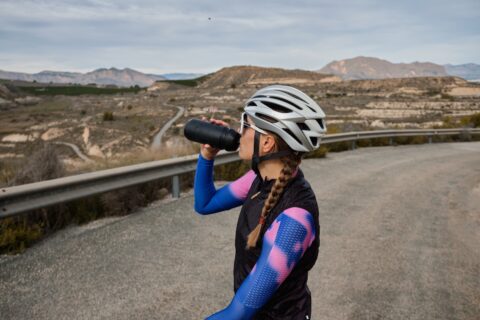
Calculating How Much Carbohydrate You Need
Use these formulas to determine your calorie and carbohydrate needs according to your unique physiology and demands of the event.

Use these formulas to determine your calorie and carbohydrate needs according to your unique physiology and demands of the event.
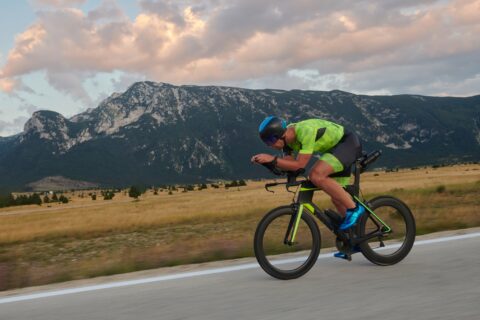
See how to match the right high-intensity interval strategy to you and your event to achieve your best possible performance.
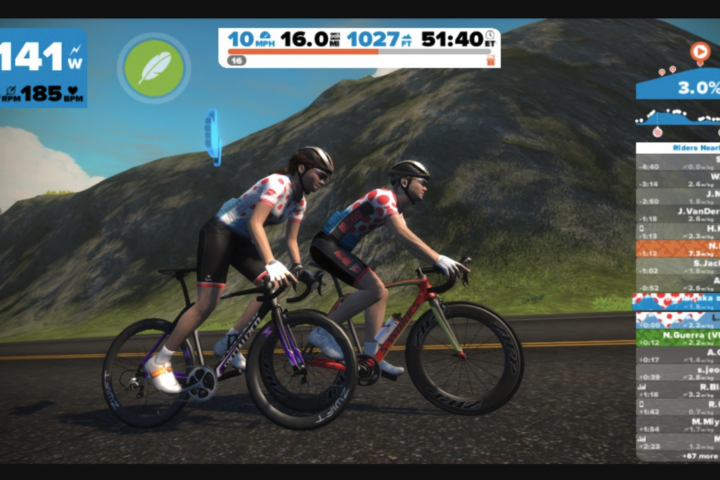
If you are training with Zwift, don’t miss this guide from exercise physiologist Rob Pickels, who explores best practices for this virtual cycling and running platform.
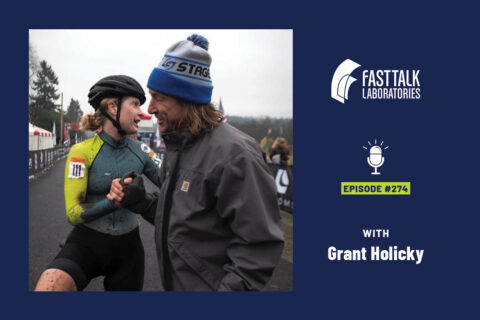
In this roundtable discussion, we dive into how personal connections between athletes and coaches may be more important than training plans.
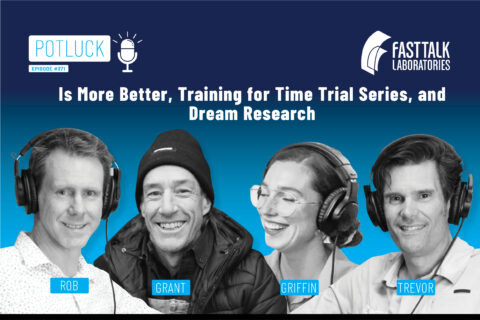
Our hosts talk about why we shouldn’t believe that more is always better, how to build a weekly time trial series into your training, and what research we’d like to see conducted.
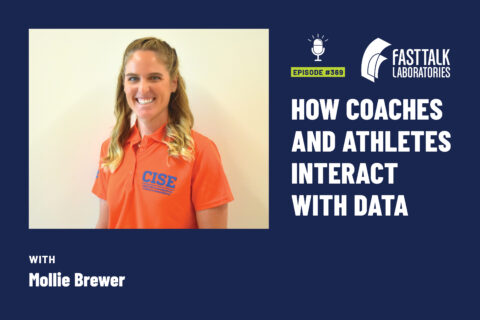
Mollie Brewer joins us to discuss how we interact with data – which can say as much about coaches and athletes as the data itself.
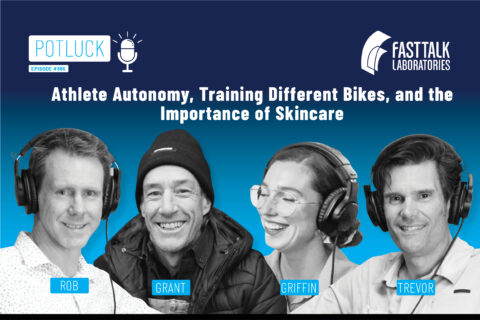
In this week’s potluck episode, we discuss the balance of athlete autonomy versus prescription, how to balance training with multiple types of bikes, and how to avoid being swayed by athlete-marketed skincare trends that may not be worth the hype.
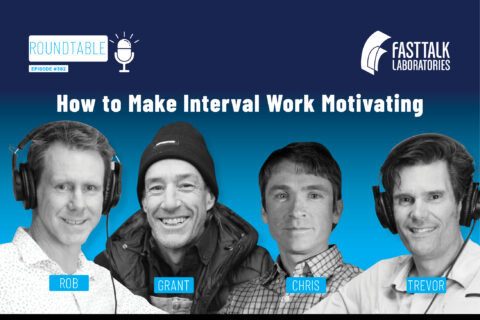
Our team of coaches got together and discussed why we do intervals, how to execute them, and most importantly, how to make them more fun.
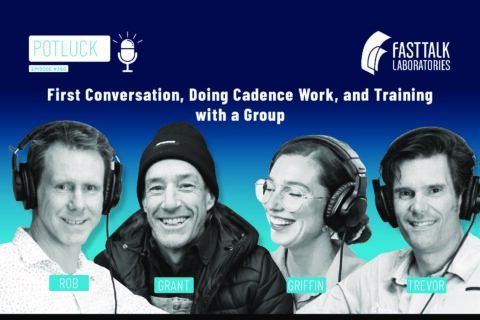
In this week’s potluck episode, we discuss what coaches should look for in their first conversation with an athlete, how to best do cadence work on the bike, and how to take advantage of group training while not losing sight of your plan.
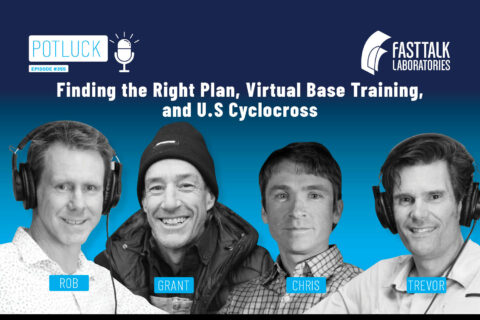
We discuss how to find the right plan for you, using virtual training platforms in the base season, and the state of U.S. Cyclocross.
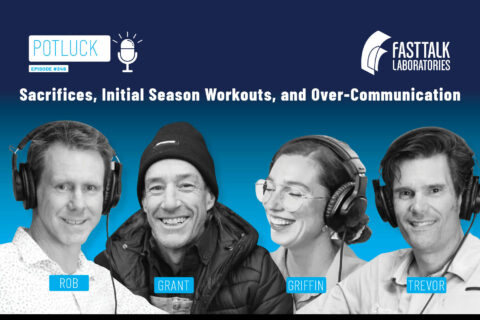
Our hosts talk about whether it is better to be balanced or pursue something fully, good workouts to start the season out, and how much communication is too much.
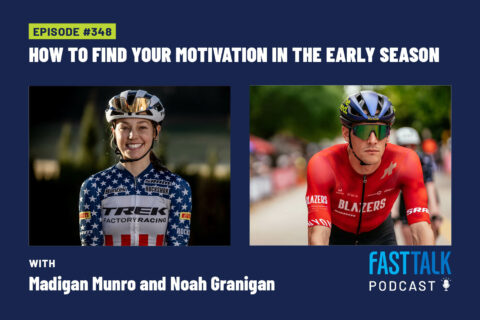
Our team talks with pro riders Madigan Munro and Noah Granigan about how they find motivation to train and stay fit when their next race is a winter away.
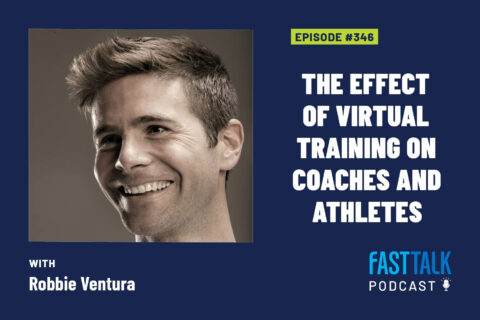
Training is becoming increasingly virtual. We discuss with Velocity owner Robbie Ventura how to maximize athlete and coach interactions in this new online environment.
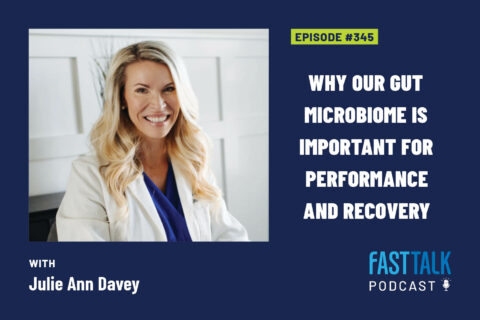
We talk with Julie Ann Davey about the bacteria in our gut and how the composition of our microflora affects everything in our bodies, including our performance.
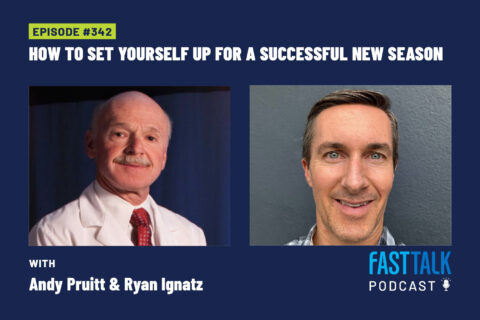
Ryan Ignatz and Dr. Andy Pruitt join us to discuss gear, testing, and all the other things you can do in the off season to set yourself up for the upcoming year.
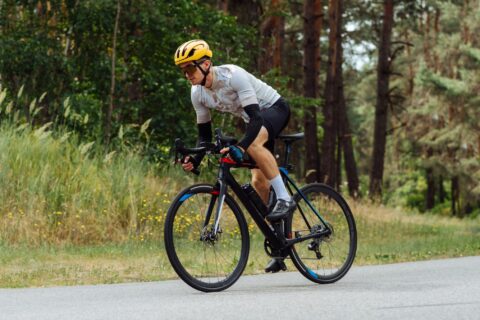
Get the best of both worlds by incorporating several high-intensity sprints into your base rides.
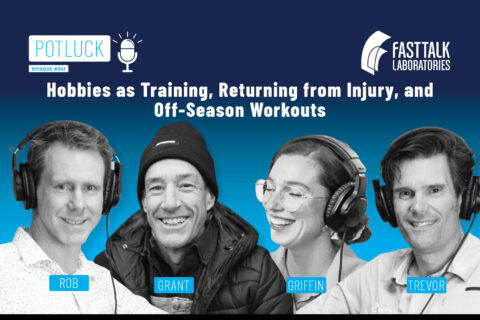
Our host regulars discuss when an unplanned activity—such as commuting—becomes training, how to adjust for an event when returning from injury, and what training to do in the off season.

Dr. Seiler explains what we can and can’t take from the Ingebrigtsen brothers and from the Norwegian approach to training in general.

Though this workout is especially useful for cyclocross athletes, cyclists of all disciplines can benefit from this less-structured training session and break from the monotony of late season.
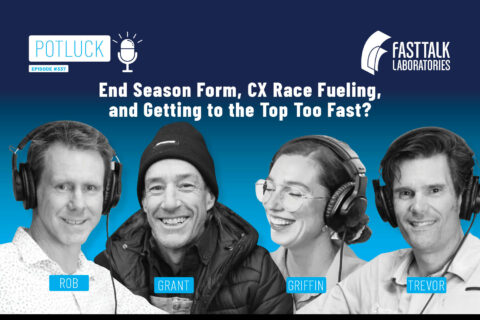
We discuss a host of questions, from how to get a little more out of your form in autumn, to fueling needs for short races like cyclocross, and why so many female athletes seem to excel when entering sports later in life.
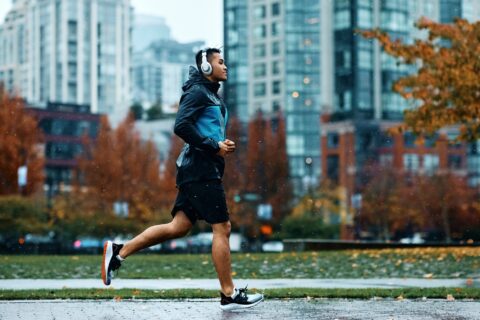
Mimic the demands of a full marathon without having to go the distance.
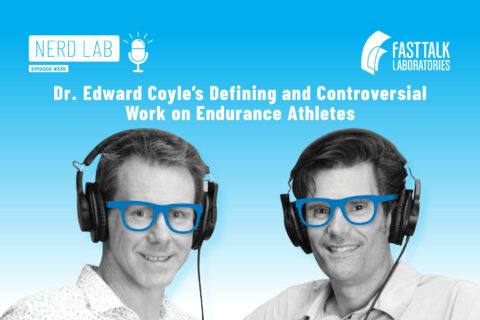
Dr. Edward Coyle was a pioneer in figuring out how endurance athletes adapt and defining what attributes—such as efficiency and fuel utilization—are most important to perform at the highest levels.